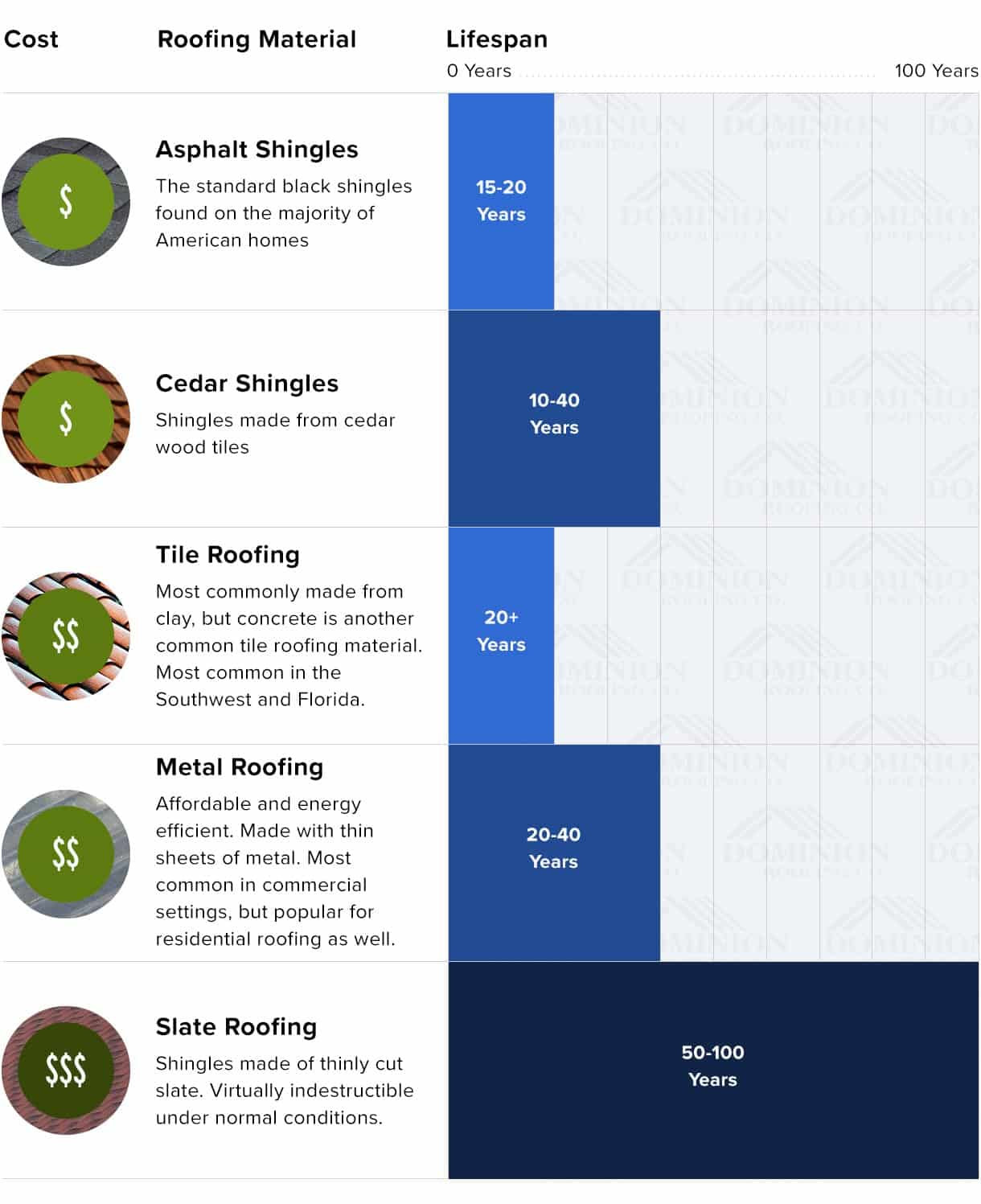Learn About The Prospective Interruptions That Uncertain Climate Can Create To Your Roofing System Installation Plans And Find Reliable Approaches To Keep Your Project Proceeding Efficiently, No Matter The Weather
Learn About The Prospective Interruptions That Uncertain Climate Can Create To Your Roofing System Installation Plans And Find Reliable Approaches To Keep Your Project Proceeding Efficiently, No Matter The Weather
Blog Article
Material Create By-Crowder Crowder
When you're intending a roof covering installation, it's vital to consider exactly how climate condition can considerably affect your timeline. Rainfall can produce harmful working conditions and concession products, while extreme temperatures can impact the integrity of the roof covering components. High winds position their very own collection of challenges, possibly delaying development and raising security threats. Comprehending these elements can aid you make educated choices, but what particular approaches can you execute to navigate these weather-related barriers properly?
Impacts of Rain on Installation
When it rains, roof covering installment can encounter considerable challenges. Damp conditions can make surface areas slippery, increasing the danger of accidents for you and your team. It's critical to focus on safety and security during these times; otherwise, you might locate the work coming to be much more unsafe than productive.
Furthermore, rain can affect the materials you're using. If tiles or other roofing materials splash, they can be harmed, bring about possible leakages and minimized lifespan. You'll wish to make certain everything keeps dry to maintain top quality and avoid expensive substitutes later.
Additionally, rain can delay your task timeline. If you're not able to work due to harsh climate, you may find yourself pushing back completion days. This can disrupt not just your routine however additionally your clients' plans.
To reduce these concerns, take into consideration intending your setup during drier seasons or keeping an eye on weather forecasts. If rain is anticipated, you might intend to delay the setup to make certain a safe and efficient procedure.
Eventually, understanding exactly how rain impacts your roofing job can assist you make notified choices and maintain your process smooth.
Challenges of Extreme Temperatures
Extreme temperature levels can present considerable obstacles for roof covering installment. If you're working in severe warmth, products like asphalt roof shingles can become overly flexible, making them challenging to place precisely. You may find that the sticky used for roof covering products does not bond appropriately, leading to possible concerns down the line.
On the flip side, when temperature levels go down, materials can become brittle. This brittleness can create roof shingles to crack or break during installation, jeopardizing the integrity of your roofing system.
Additionally, severe cold can slow down the healing procedure of adhesives and sealers, making it harder for them to set properly. You might require to wait longer prior to applying added layers or completing the task.
To minimize these difficulties, you should plan your installment timing very carefully. Early morning or late afternoon can be optimal during hot days, while picking milder days is vital in the winter months.
Wind's Duty in Roof Projects
Weather conditions significantly affect roofing jobs, and wind poses its very own collection of difficulties. https://sflcn.com/dont-make-these-7-mistakes-when-hiring-a-roofing-contractor/ can endanger both your safety and security and the quality of your installment. When you're up on the roof covering, gusts can conveniently shake off your equilibrium and develop hazardous problems.
It's essential to keep an eye on wind speeds before beginning, as lots of roof covering products can become airborne or misaligned in strong winds.
If you find yourself facing gusty conditions, it's best to delay the task. Not only does this secure you and your crew, yet it likewise ensures that the roofing materials adhere properly. Adhesives might not set correctly in high winds, leading to potential leakages and damage in the future.
Additionally, wind can bring particles that could strike your roof, causing additional issues. You'll wish to analyze the area for possible threats and ensure every little thing is secured.
Ultimately, planning your roof covering job around wind conditions can save you time, cash, and headaches. Prioritize safety and quality, and do not hesitate to reschedule if the winds are also strong. Your roof deserves the very best installment possible, and the right climate makes all the distinction.
Final thought
Finally, it's important to watch on weather conditions when arranging your roof installation. Rainfall can delay progress and trigger damages, while severe temperatures can compromise material honesty. Don't neglect the impact of wind, either, as it can produce unsafe working problems. By intending around the weather, you'll ensure a smoother installation process and safeguard your investment. Keep informed, and you'll accomplish the best outcomes for your roof job!
